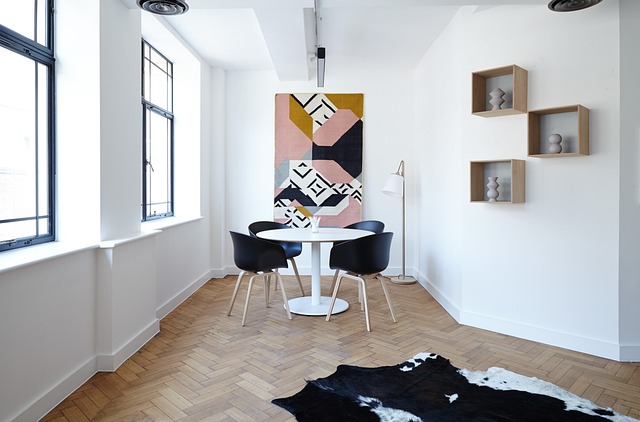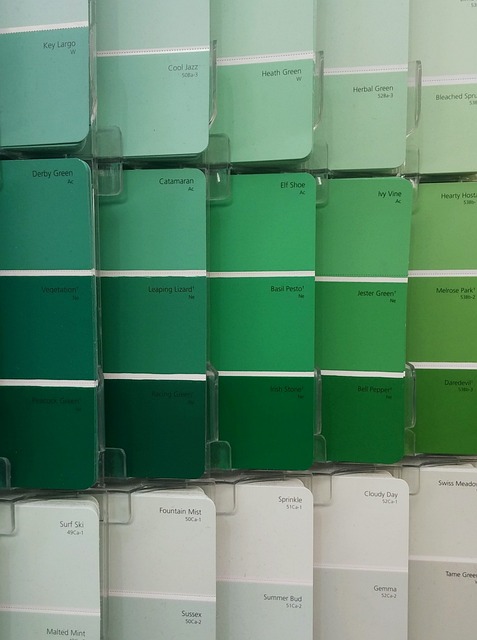Interior Design in the 1970s

Bright colors, discos, and a carefree attitude were hallmarks of the ’70s era. Warm colors like orange, brown, and red would greet you as you stepped foot inside a home of that period. Besides, shag carpets, an open floor plan, floral patterns, stone accents, wood, ceilings, and textured walls were hallmarks of 1970s residential design.
The 1980s

The bold hues of the 1960s and 1970s were toned down to achieve a more natural, delicate look in the 1980s. As household electronics like televisions, video, and radio recorders grew more affordable, they began to take center stage in interior design.
Even though carpeting was still widely used, it was typically relegated to bedrooms as more durable materials like laminate and hardwood took over the public spaces. Home interiors in the 1980s were more modern than in any other decade.
Trends in the 1990s

A house from the 1990s looked nothing like a house from any other era. Everything from the walls to the appliances had a modern look, smooth, and the colors were soothing and muted.
Unique to the home decor of the 1990s were trends like wicker furniture, wallpaper, and murals. Natural wood items, such as cabinets and countertops, were more common in the second part of the 1990s.
The 2000s Trends in Interior Design

The integration of technological elements into residential architecture began in this period. “Smart homes” became increasingly common as homeowners began to use their mobile devices to manage every aspect of their dwelling’s technological infrastructure.
Modern, minimalistic furniture and interior design became popular and may be found in many contemporary homes. The public preferred simple, elegant designs to those with bold patterns and a lot of extra detail during this decade.
The 2010s Interior Design Trends
In the first half of the decade, there was a movement toward making the most out of limited resources. This increased emphasis on careful construction, custom details, and high-end components. Smaller, better-designed homes were replacing the cheap, mass-produced giant palaces.


Green was no longer the outcast color it once was and began to enjoy mainstream popularity. Healthy indoor environments and cleaner air were the primary design goals. Therefore architects and designers started to emphasize features like windows that allowed for garden rooftops, green walls, and cross ventilation.
As the need for individual expression increased, more homeowners started working alongside interior designers instead of simply following their lead. A newfound willingness to experiment with risky design and style mashups liberated a broader understanding of design aesthetics. As a result, rigid aesthetic classifications such as “industrial,” “rural,” and “traditional” were beginning to disintegrate.

